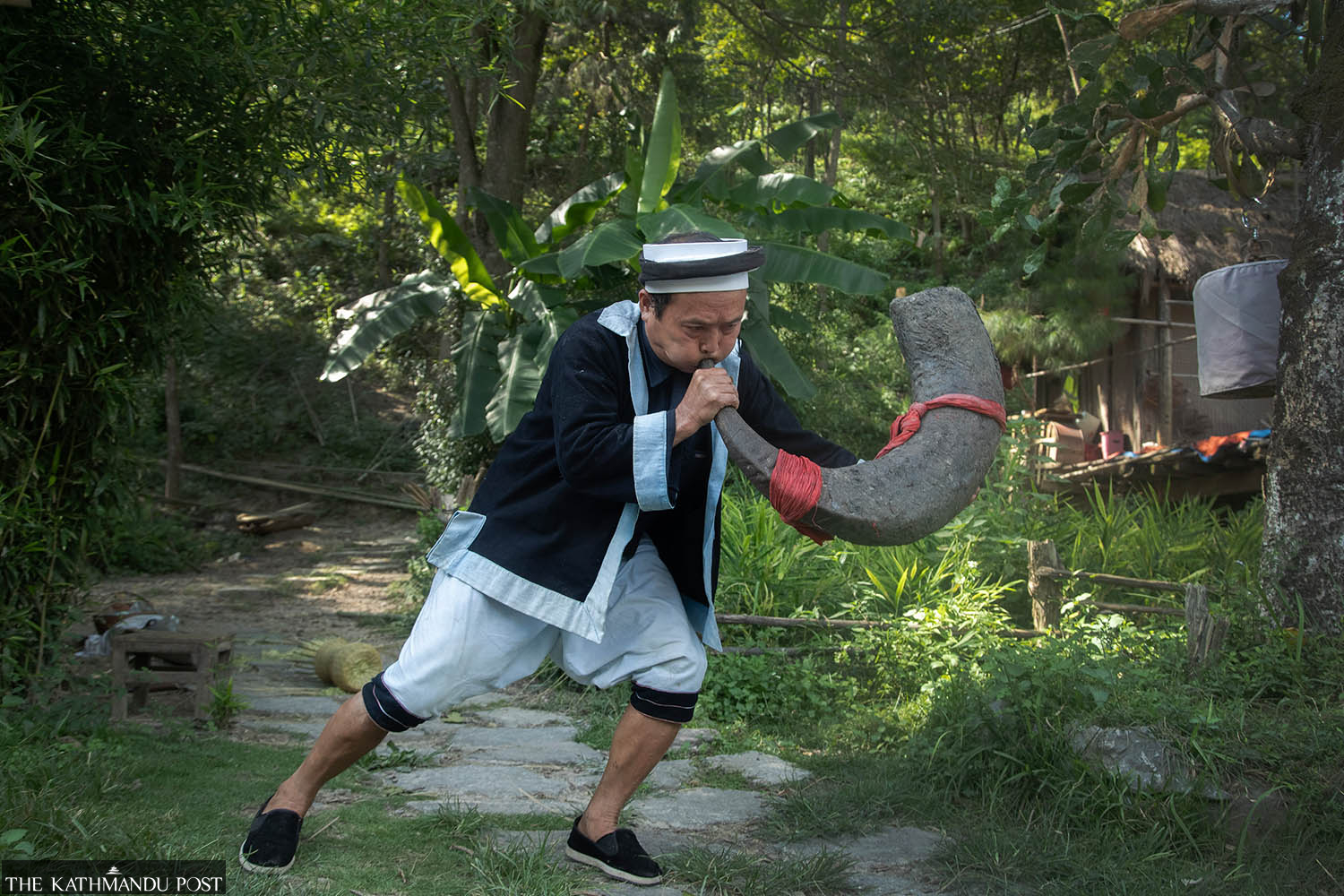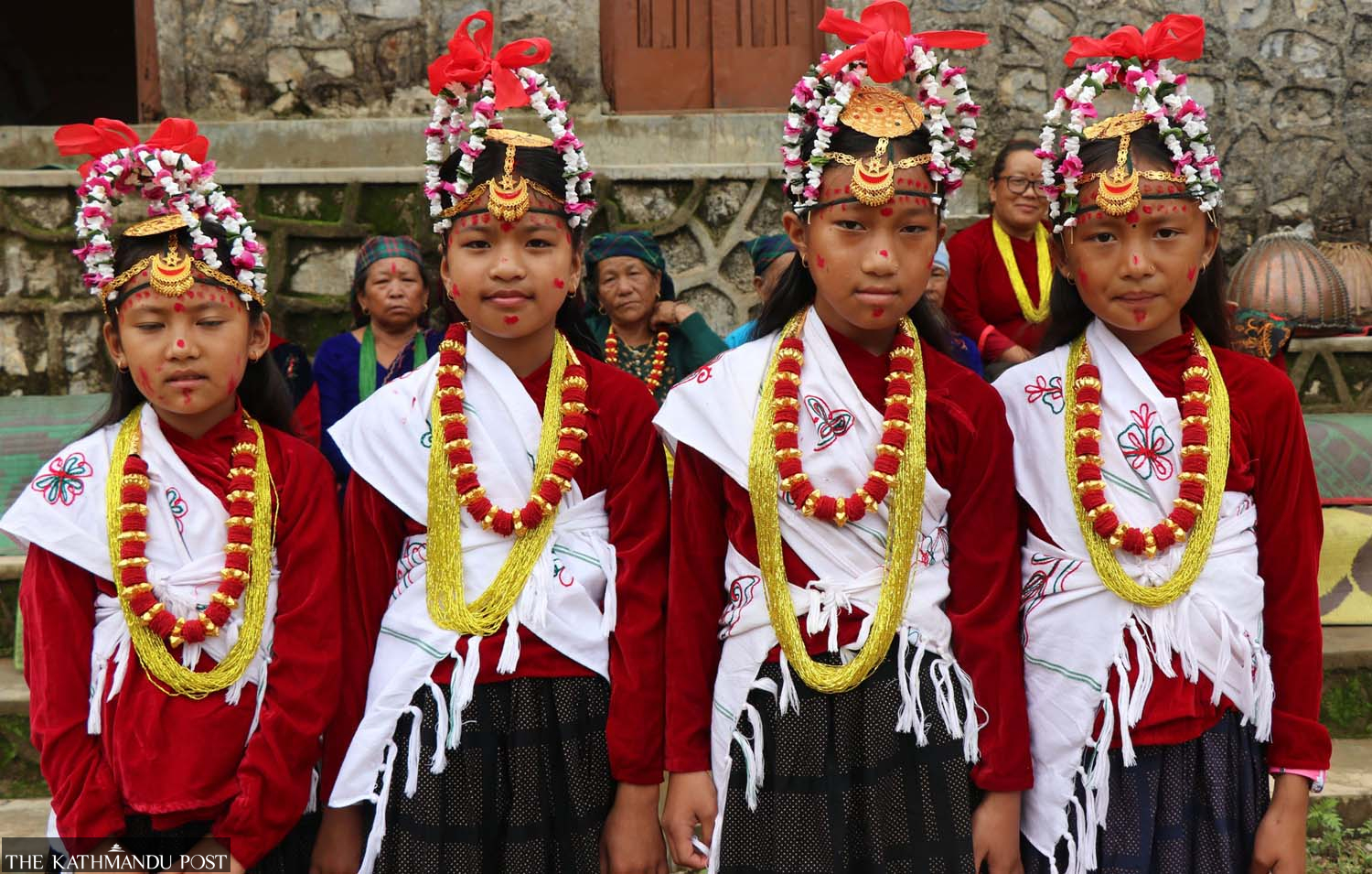Visual Stories
Timeless villages of Guizhou
Exploring the cultural heritage of four villages in China, where every corner tells a story of craftsmanship, community, and history.
Prakash Chandra Timilsena
China, the world's most populous country, is known for its remarkable development. It offers a unique experience for tourists, blending natural beauty and rich historical significance. This was my second visit to China, and on this trip, I explored four villages: Yaoshan Ancient, Yunshantun, Hongjiang Art and Yaogu Bouyei ancient village. One of these villages, Yaoshan, dates back over 600 years, offering a glimpse into the country’s ancient past.
I had always been curious about village life in China—the types of clothing people wear, their daily routines, and more. This visit satisfied much of that curiosity. The villages reminded me a lot of those in Nepal—picturesque and clean. The houses, built with traditional designs unique to Chinese culture, were eye-catching. The craftsmanship and engineering were remarkable, with details that caught my attention. I saw women dressed in traditional attire, doing their daily tasks—some drying paddy and corn, others weaving. Watching them brought back fond memories of my childhood in a similar village in Nepal. It was a nostalgic and heartwarming experience.

The villagers’ hospitality was inviting, making it a place where anyone could feel at home. The villages blend architecture, culture, and living traditions that flourish today. The mountains were breathtaking, as if painted by an artist on a canvas, adding to the charm of the experience.
Yunshantun is widely known for its well-preserved Tunbao culture, dating back to the Ming Dynasty, and is regarded as one of the largest cultural villages in China. The village was designated as a National Key Cultural Heritage Protection Unit by the State Council in 2001. These prestigious recognitions solidified Yunshantun’s status as one of China’s most valuable cultural treasures, attracting scholars and tourists from around the globe. In a world where everything constantly changes, Yunshantun is a testament to the perfect harmony of history, tradition, and modernity, reminding us to preserve our past while embracing the future.

The granary complex in Yao Mountain Ancient Village is a unique historical structure with four wooden pillars wrapped in bamboo strips, forming a cylindrical design topped by a thatched roof for rain protection. These granaries, essential for storing grain and valuables, were crucial to the Yao people's livelihood. The space beneath the granary often housed tools and served as a communal gathering area for socialising, playing, and learning, blending practical, social, and leisure functions.
The granary’s door bolt is ingeniously designed, with one end larger than the other. If a thief attempts to break in and steal grain, they would need to strike the bolt with a hammer, producing a loud sound that would alert nearby villagers. This is an effective anti-theft measure. Built outdoors and away from home kitchens, the granary's placement minimises fire risk.
Some of these granaries have stood for hundreds of years, showcasing the architectural wisdom, hard work, and simplicity of the Yao people. They are a vital part of Yao's traditional culture and hold immense value for studying the Yao community's history, culture, and daily life.











 10.12°C Kathmandu
10.12°C Kathmandu.jpg)





